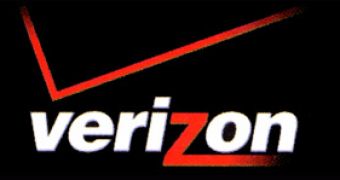Mobile phone carrier Verizon Wireless is the first US operator to deploy a 4G network in the country based on the Long Term Evolution technology, and also one of the first around the world to make the move. The carrier already announced its plans to roll-out the network in 25 to 30 markets in the US next year, and now it also unveiled a series of new details on the upcoming network, including the expected data transfer speeds users will be able to enjoy.
“With Verizon Wireless’ 10 + 10 MHz implementation, LTE will be supporting average data rates per user of 5-12 Mbps in the forward link, and 2-5 Mbps in the reverse link. The maximum and average LTE data rates are significantly greater in magnitude in the reverse and forward link correspondingly, than those supported by existing 3G technology. LTE will truly enable video application on the downlink as well as uplink – including but not limited to video-sharing, surveillance, conferencing and streaming in higher definition than is possible with existing 3G technology today,” the company notes on the dedicated LTE website it has put in place.
At the same time, the company also mentions that the existing Evolution Data Optimized (EVDO) RevA network will coexist with the upcoming LTE one. Moreover, it seems that the LTE solution will come with support for handover to existing mobile networks, which means that it will offer seamless coverage to Verizon Wireless subscribers. Furthermore, Big Red notes that the indoor coverage will receive a boost as well, through “deployment of LTE in the beachfront 700 MHz spectrum.” Lower latencies, two-dimensional resource scheduling with multiple user support, and simplified roaming are just some of the advantages LTE comes around with.
“The advanced radio characteristics of LTE address several issues that have traditionally crippled cellular wireless, including multipath and multiuser interference. LTE’s use of OFDMA and MIMO in the downlink transmission effectively eliminates intra-cell multiuser interference and minimizes inter-cell multiuser interference thereby maximizing performance. Similarly, the SC-FDMA uplink transmission allows for user equipment to transmit low power signals without the need for expensive power amplifiers. Improvement in battery power consumption in end-user devices (UEs) is a side-benefit of the coverage and multipath/power performance advantages offered by LTE,” Verizon further reports.

 14 DAY TRIAL //
14 DAY TRIAL //